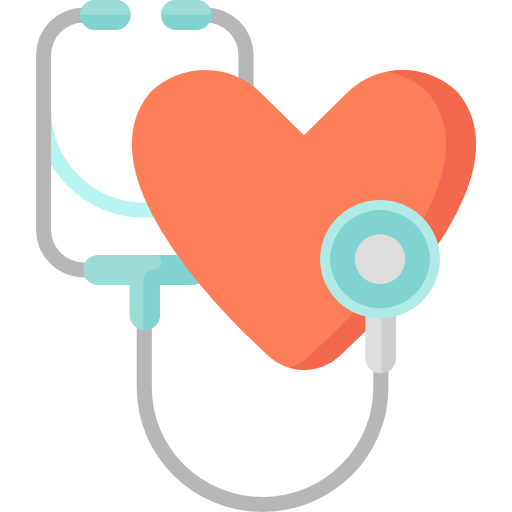Human head lice are tiny, wingless ectoparasites that choose humans exclusively for their real estate needs. That means your child can get lice, but your dog cannot. Like all parasites, these human-centered bugs need a host to survive. Some parasites infect the blood or GI tract, but lice prefer to hang out in the yard rather than inside the house. The "ecto" part of being a parasite means your head lice companions only live on the outside of your body. In the case of head lice, it is the hair on your head. Lice infestation is called pediculosis.
Three types of lice infect humans. In addition to head lice, there are body lice and pubic lice. Each type of lice has evolved to live in its perspective environment. Lice on your head will not infect your body. Lice on your body will stick to your clothes, and pubic lice stay in the pubic region, although in rare cases, pubic lice may find their way to other course hair. Head lice, the most common of the three types, is rarely a cause for concern and will be the primary type covered in this writing.
Types of Lice
All lice are parasitic and need a human host to survive. None of the three types can fly or jump and therefore require direct contact to infest another person. Head, body, and pubic lice share the same life cycle: egg (or nit), nymph, and adult. Head lice and body lice are the same genus but different species. Think same household but not the same person. They are kind of like siblings. Public lice, colloquially called crabs, are from a separate family entirely. They are more like a neighbor. All three types of lice are treatable.
Pubic lice (Pthirus pubis)
Pubic lice spread through sexual activity and are considered a sexually transmitted infection. Hygiene habits do not affect your chances of contracting pubic lice. Those with good hygiene are just as much at risk of getting it as those with poor hygiene. Pubic lice do not transmit other illnesses, but intense itching can lead to excessive scratching and damaged skin that, in rare cases, may become infected.
Body lice (Pediculus humanus corporis)
Body lice, not to be confused with bed bugs, spread when noninfested items such as blankets or clothing come into contact with infested belongings. These tiny pests prefer to spend their time on clothing, climbing onto their human host only when ready to take a blood meal. They are the only type of lice that can transmit other diseases. Lice-borne illnesses often follow body lice outbreaks. Unlike head lice, crowded and unhygienic conditions attract this type of lice.i In the United States, individuals who reside in homeless shelters or other cramped living conditions are at the most significant risk of contracting body lice.
Head lice (Pediculus humanus capitis)
Head lice are the most common type of lice and live out their entire lives in human hair. There are six to twelve million cases of head lice every year in the United States, with most of those cases in children between the ages of three and eleven.ii Poor hygiene has no effect on you or your child's chances of becoming infested. Head lice do not care if you bathe regularly or not at all. It spreads from direct head-to-head contact and, less commonly, from sharing hats, brushes, coats, or scarves.













